This online safeguarding children level 3 course is tailored for experienced practitioners and offers comprehensive training in specialised safeguarding practices. Learn how to refine your ability to identify opportunities for enhancement in safeguarding practices through participation in supervision and audits. Get ready to take your expertise to the next level and make a lasting impact in safeguarding and child protection.

Course Overview
Format
- Advanced
- Up to 45 Minutes
- Online Study
Accreditation
- 1 CPD Hour
- CPD Certified
Course description
Tailored for experienced practitioners, our Level 3 Safeguarding Children offers comprehensive training in specialised safeguarding practices.
Dive deep into topics such as conducting risk assessments, effective communication with children and young people, and the importance of contributing to serious case reviews.
Learn how to refine your ability to identify opportunities for enhancement in safeguarding practices through participation in supervision and audits.
Get ready to take your expertise to the next level and make a lasting impact in safeguarding and child protection.
Statutory & Mandatory Training: Safeguarding Children Level 3 Features
Our Statutory & Mandatory Training: Safeguarding Children Level 3 has been designed to work on all devices including mobiles, laptops, tablets and desktops giving you the flexibility to complete the training at a time and in a location suitable for you.
With healthcare staff often expected to complete training on an annual basis there will be topics you will be more familiar with than others. Our self assessment tool, which is at the start of each course, will allow you to test your knowledge to see if you would like to complete the training or progress straight to the end of course test.
At the end of this safeguarding children level 3 training course, you will need to complete a test that consists of multiple choice questions. Learners are required to achieve an 80% pass mark, and – if necessary – may attempt the test six times at no extra cost. If learners do not achieve the pass mark, further attempts may be given by contacting our support team.
The online safeguarding children level 3 training is fully interactive and is packed with various multimedia forms including video, animation and custom graphics to give you the best learning experience.
Each element of the training is WCAG 2.2 accessible and includes scenarios, contextualised activities, reflective activities, knowledge checks, bite sized lessons and so much more.
Accreditation
The content of this training course has been independently certified as conforming to universally accepted Continuous Professional Development (CPD) guidelines.
Duration
This course will take up to 45 minutes to complete, depending on how quickly learners can study and absorb the material. Learners do not have to complete all the training in one session as progress is recorded throughout.
Entry requirements
There are no specific entry requirements for this course.
Framework
Our Statutory & Mandatory Training: Safeguarding Children Level 3 online training course is mapped to the Skills for Health Core Skills Training Framework.
Here we explain the framework and their importance.
Skills for Health Core Skills Training Framework:
The Core Skills Training Framework sets out minimum learning outcomes, frequency of refresher training and is linked to relevant legislation or expert guidance.
It can be used by any healthcare employer in the UK including NHS, independent and voluntary providers.
We have mapped our eLearning courses to the learning objectives within the Core Skills Training Framework, to give organisations the confidence that they can use the eLearning as a foundation for their wider training programmes.
You will learn
- Identify possible signs of different types of abuse using a child and family-focused approach
- Describe child maltreatment and its effects on children and young people
- Outline forensic procedures in child maltreatment and relate these into practice to meet clinical and legal requirements
- Undertake risk and harm assessments where appropriate
- Communicate effectively with children and young people and ensure they can participate appropriately in decisions affecting them
- Act to safeguard/protect a child or young person
- Contribute to, formulate and communicate effective management plans for children and young people
- Identify possible signs of different types of abuse using a child and family-focused approach
- Describe child maltreatment and its effects on children and young people
- Outline forensic procedures in child maltreatment and relate these into practice to meet clinical and legal requirements
- Undertake risk and harm assessments where appropriate
- Communicate effectively with children and young people and ensure they can participate appropriately in decisions affecting them
- Act to safeguard/protect a child or young person
- Contribute to, formulate and communicate effective management plans for children and young people
- Describe the issues surrounding misdiagnosis in safeguarding/child protection
- Ensure the processes and legal requirements for looked after children are undertaken appropriately
Who is it for?
Roles including:
- Anyone who works with vulnerable children such as care workers, befrienders, social workers, teachers and nurses
- It may also be of interest to parents, family members and those who live with children
